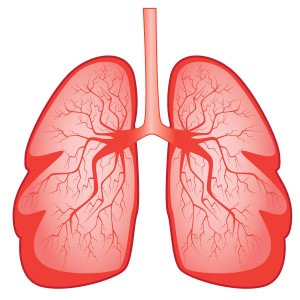 A new study on systemic sclerosis entitled “A comparison of the predictive accuracy of three screening models for pulmonary arterial hypertension in systemic sclerosis” was published in Arthritis Research & Therapy by Yanjie Hao part of Dr. Mandana Nikpour’s group from the Department of Rheumatology St. Vincent’s Hospital Melbourne in Australia. The study reveals that two novel algorithms offer optimal diagnostic tools for detecting Pulmonary Arterial Hypertension in patients with Scleroderma.
A new study on systemic sclerosis entitled “A comparison of the predictive accuracy of three screening models for pulmonary arterial hypertension in systemic sclerosis” was published in Arthritis Research & Therapy by Yanjie Hao part of Dr. Mandana Nikpour’s group from the Department of Rheumatology St. Vincent’s Hospital Melbourne in Australia. The study reveals that two novel algorithms offer optimal diagnostic tools for detecting Pulmonary Arterial Hypertension in patients with Scleroderma.
Systemic sclerosis (SSc) is a clinically heterogeneous disorder affecting the connective tissue of the skin, the wall of blood vessels, and internal organs such as the gastrointestinal tract, lungs, heart, and kidneys. The condition affects between 70 and 400 people per million. In SSc the immune responses are uncontrolled, causing chronic inflammation and concomitant changes in the endothelial cells. This in turn leads to the narrowing of the blood vessels, causing tissue damage, circulation problems, and high blood pressure. Pulmonary arterial hypertension (PAH) is one of the most severe forms and an important cause of death in systemic sclerosis. There is a 50% 3-year survival observed in SSc associated-PAH (SSc-PAH) patients on average. Therefore, an early diagnosis of PAH in patients with SSc is crucial for their adequate clinical management. The European Society of Cardiology / Respiratory Society (ESC/ERS) standard procedures to diagnose pulmonary hypertension are based on symptoms and transthoracic echocardiography (TTE), methods with inherent limitations. However, the current algorithms used to help the diagnosis of pulmonary hypertension show several limitations stressing the need for other methods to improve in the screening of PAH en SSc patients.
[adrotate group=”8″]
In this study, the research team decided to compare the prognostic precision of two published screening algorithms, the Evidence Based Detection of Pulmonary Arterial Hypertension in Systemic Sclerosis (DETECT) and the Australian Scleroderma Interest Group (ASIG) for SSc-associated PAH (SSc-PAH) with the established and standard procedure, the European Society of Cardiology/Respiratory Society (ESC/ERS 2009) guidelines. The researchers analyzed 73 SSc patients assumed to have pulmonary arterial hypertension and being submitted to right heart catheterization (RHC) and applied the 3 methods to each patient. They calculate sensitivity, specificity, positive (PPV) and negative predictive values (NPV) for PAH, for each procedure, using contingency table analysis. The right heart catheterization diagnosed PAH in 36.9% of patients. The DETECT and ASIG algorithms predicting PAH with sensitivity and NPV of 100% while the ESC/ERS method had sensitivity of 96.3% and NPV of only 91%, and not detecting one case of PAH. The ESC/ERS method could not be applied to 3 patients that did not had tricuspid regurgitant (TR) jet. The ASIG algorithm gave better results with highest specificity of 54.5%.
The researchers concluded that DETECT and ASIG algorithms were better methods than ESC/ERS guidelines in diagnosing PAH in all SSc patients. In the absence of tricuspid regurgitant (TR) jet, the ESC/ERS guidelines cannot be used. Finally, the type of screening algorithm used to detect SSc-PAH will depend in the end on costs and ease of application.

